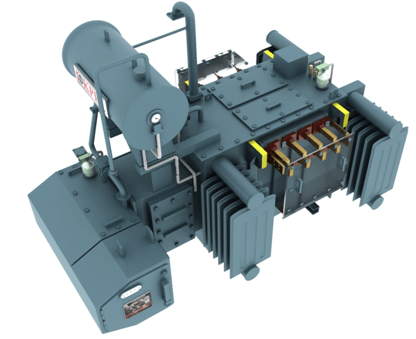
Three-phase power distribution is the cornerstone of efficient and reliable power delivery for industrial, commercial, and large-scale residential applications. Unlike single-phase systems, three-phase power utilizes three separate alternating current (AC) waveforms, offset by 120 degrees, resulting in a significantly more powerful and efficient energy delivery system. This detailed description explores the key advantages and applications of three-phase power distribution.
A typical three-phase distribution system comprises several key components: